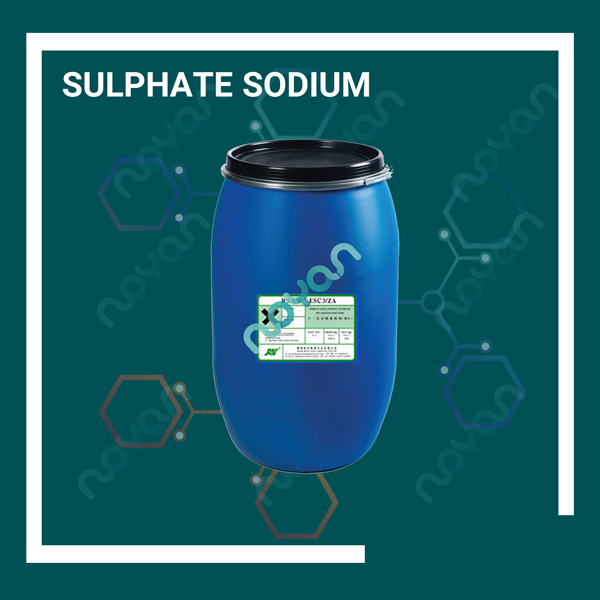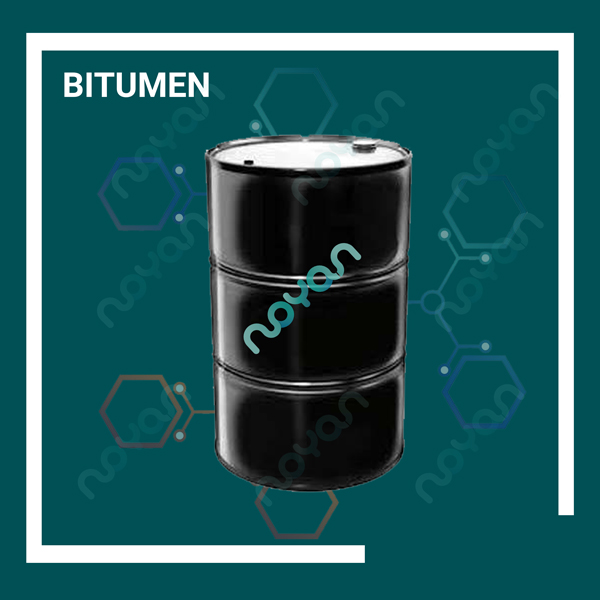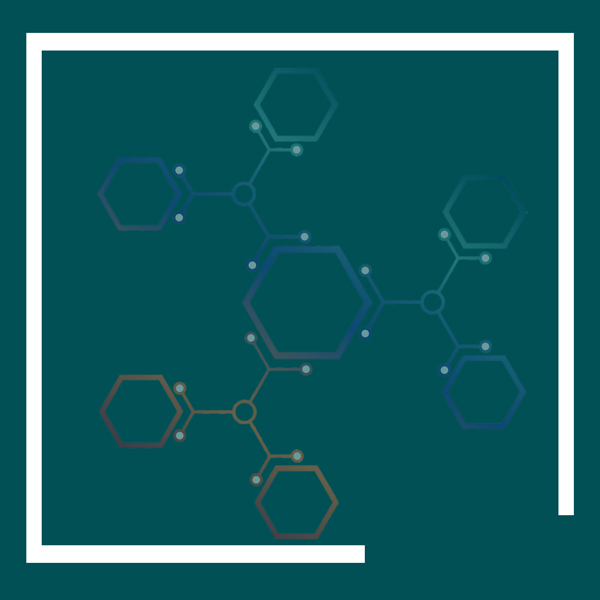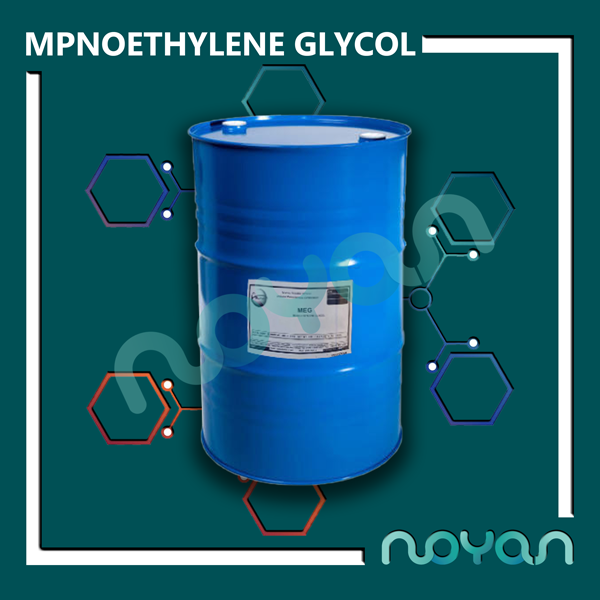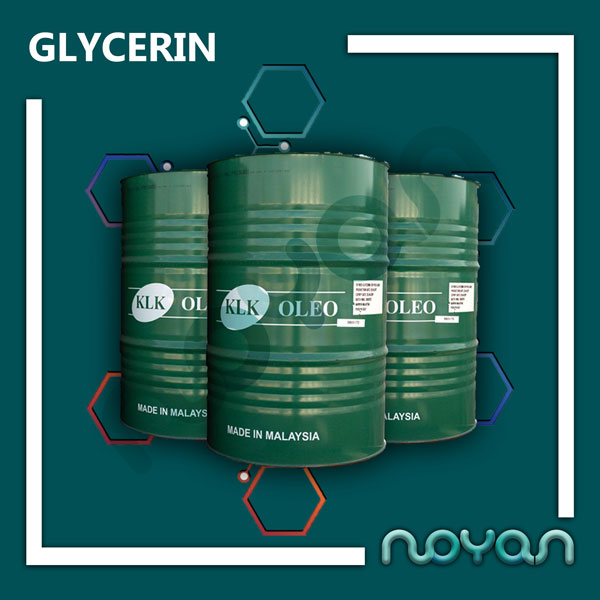Sodium sulfate is one of the most common minerals in many mineral waters such as seawater, sulfate is also present in precipitation and is one of the main solutions in snow and rain. Many salt lakes around the world contain varying amounts of sodium sulfate. This substance is very chemically stable. It is found as a mineral in nature or is produced as a by-product through some industrial processes. Sodium sulfate (double sodium sulfate) is one of the salts of sodium sulfuric acid. In appearance, it is seen as a clear powder and large crystals, depending on whether it is waterless or hydrated. Crude sodium sulfate is usually sold with a purity of between 90 and 99%. Sodium sulfate is a salt of sodium sulfuric acid. If it is dehydrated, it forms a white crystal with the formula Na2SO4, which is also called tenardite; When dehydrated, it is converted to the formula Na2SO4 • 10H2O (decahydrate), also called globar salt. Another solid is heptahydrate (Na2SO4 • 7H2O). With an annual production of 6 million tons, it is one of the most widely used chemicals. This material is used in the production of detergents and paper pulp. It is usually found in nature in the form of decahydrate. Sodium Sulfate: Sodium Sulfuric Acid Salt Chemical Formula: Na2SO4 Sodium Sulfate Tenardite Formula Na2SO4 Sodium Sulfate Dehydrate Formula Na2SO4 • 10H2O Sodium Sulfate Heptahydrate with Formula 7 Mineral water is similar to seawater, sulfate is also present in precipitation and is one of the main solutions in snow and rain. Many salt lakes around the world contain varying amounts of sodium sulfate. This substance is very chemically stable. Sodium sulfate is found as a mineral in nature or is produced as a by-product through some industrial processes. Sodium sulfate is a non-toxic chemical under normal conditions and has many industrial applications. This material with different grade and purity in different industries such as glassmaking, pharmaceuticals, weaving, detergents and…. It has many uses. Application in animal feed industry, pharmaceutical industry, glass industry, detergent and cleaning powder industry, weaving industry and dyeing industry, military industry, photography, sodium sulfide, paper industry (kraft paper), etc.…. Application in soaps and detergents A major part of the use of sodium sulfate in detergents has been in recent years as a filler. Of course, the use of sodium sulfate as a filler in powder detergents is declining, which is due to the approach that has emerged in the use of concentrated liquid detergents instead of powder formulations, which are also more voluminous. Application in dyeing and textile industries
Hundreds of thousands of tons of sodium sulfate are used annually in the textile industry to dye fabrics. This material causes uniform and uniform dye penetration into the fabric textures and, unlike sodium chloride, does not rust steel pipes. Sodium sulfate is used in dyeing as a modifier of loads on textile and fabric surfaces, in the printing of textile goods. Application in paper and wood industries Sodium sulfate is widely used in paper and wood industry (wood pulp) in the kraft process (sulfate process) to produce wood pulp and is widely used in the manufacture of paper and some building materials. Application in the glass industry Sodium sulfate is also used in the glass industry and glassware. Sodium sulfate prevents whitening of molten glass during refining. Sodium sulfate acts as an extractive agent in molten glass, removing small air bubbles in the blowing and molding processes.
